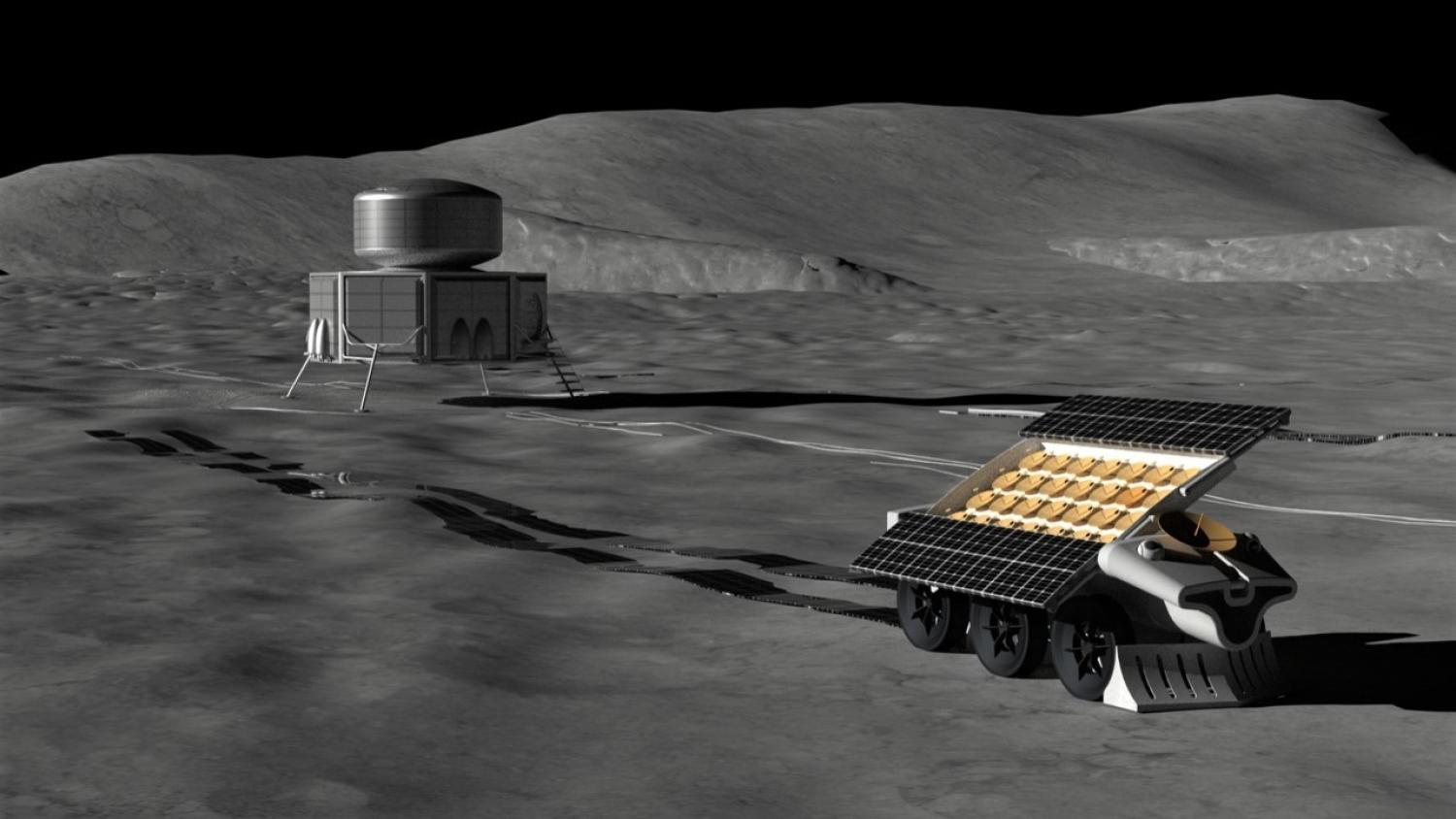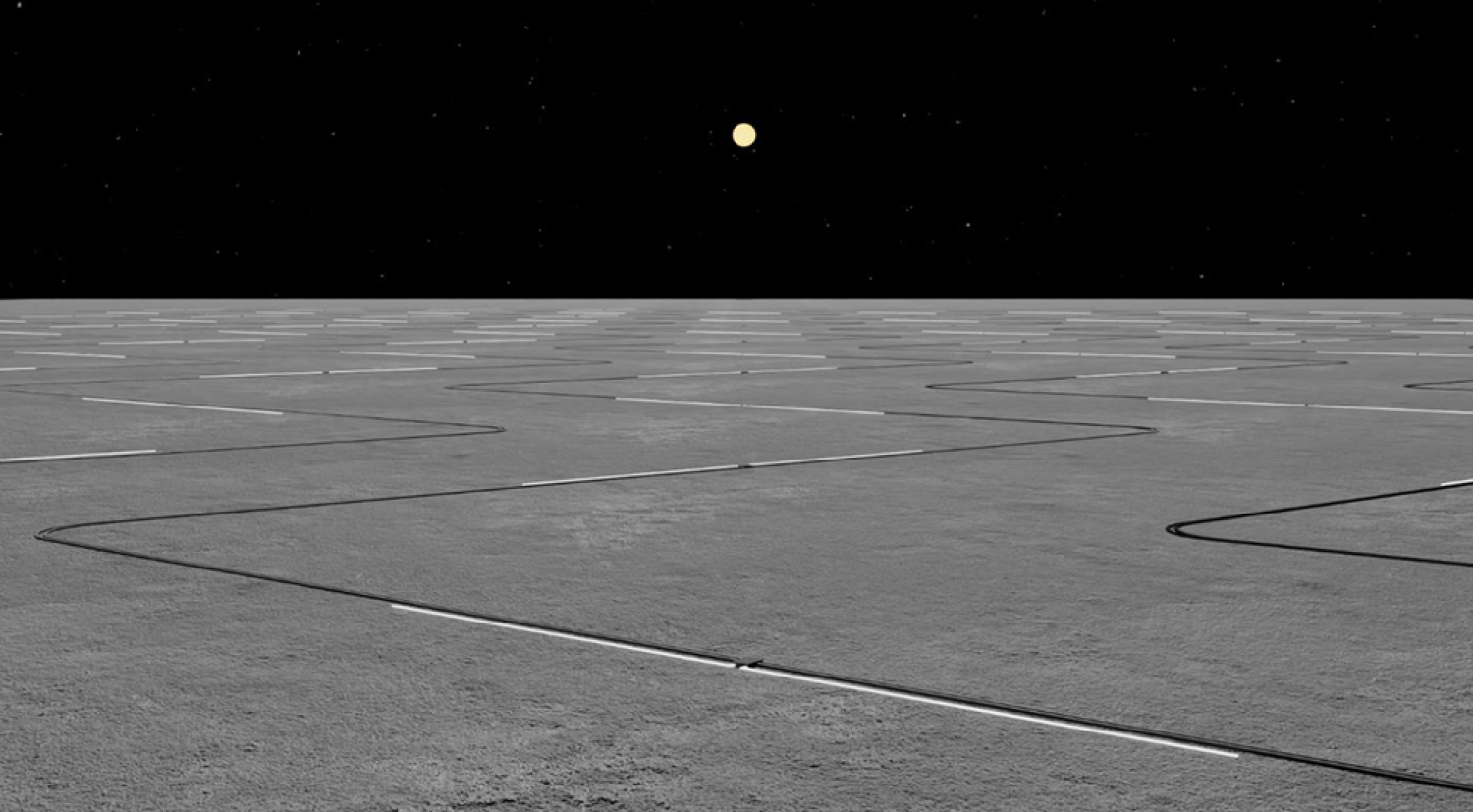FarView A Lunar Far Side Radio Observatory

Graphic showing the Big Bang from the Cosmic Microwave Background through the Cosmic dawn and galaxy formation. Illustrations JWST and Hubble's detection limits
FarView interferometric measurements of 3-D fluctuations in the 21-cm Dark Ages signal will test the standard cosmological model at the onset of structure formation.
Departures from well-constrained predictions will provide new insights on the physics of structure formation, including dark matter, early dark energy, inflation, or any exotic physics, leading to exquisite constraints on cosmological models. Read more about FarView from a presentation at the Unique Science from the Moon in the Artemis Era workshop held at NASA KSC in June 2022.
UPDATE FROM APRIL 2023: Read the NIAC press release announcing the selection for a Phase II award for the FarView project.

Graphic depiction of FarView Observatory – A Large, In-Situ Manufactured, Lunar Far Side Radio Array Credits: Ronald Polidan

